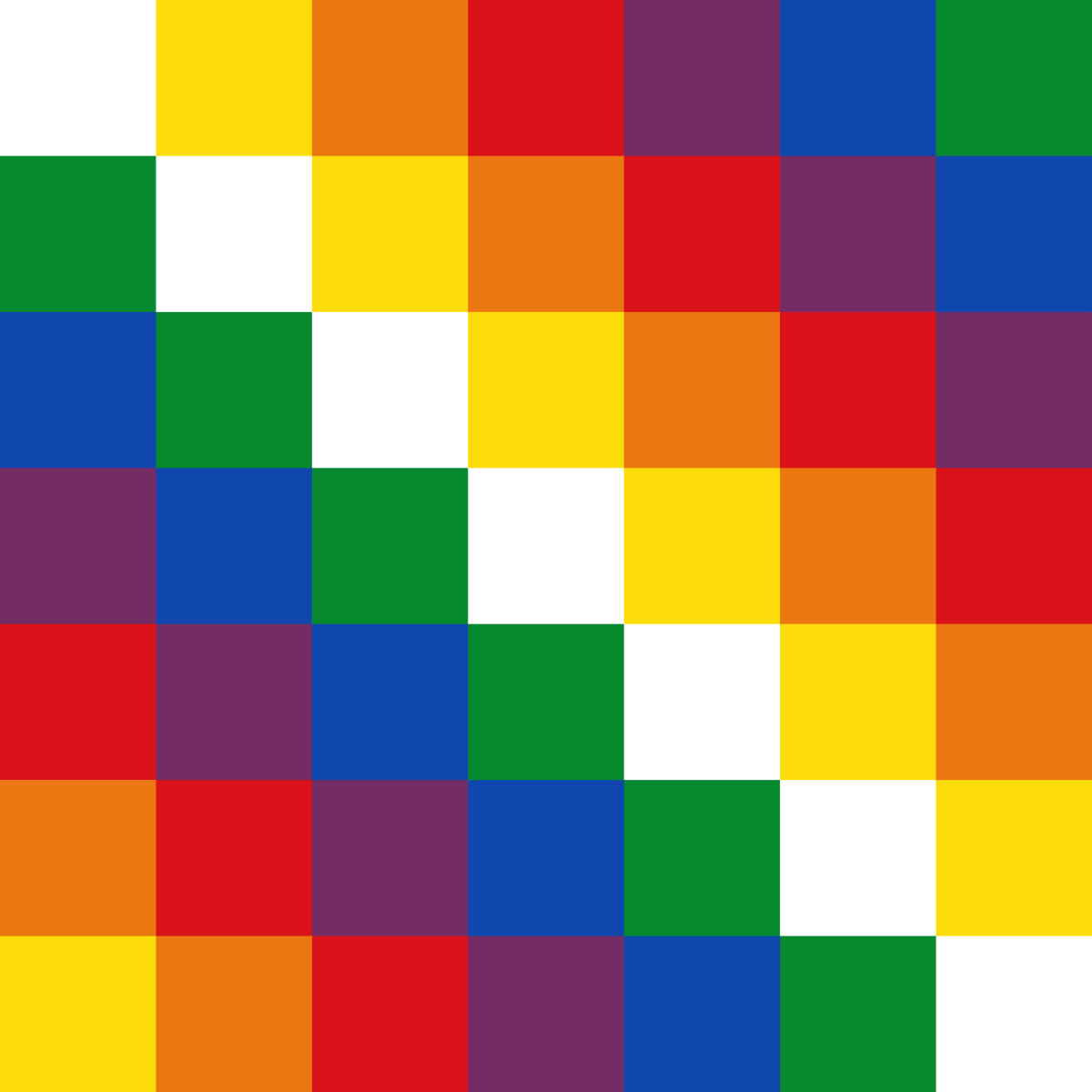Kanafani was born on April 8, 1936 in Acre, Palestine. He lived with his family in Jaffa until they were forced to leave during the Nakba (“catastrophe”) of 1948 and finally settled in Damascus. After living in a refugee camp, he later began working as a teacher in a refugee camp for the UNRWA to help support his family and continue his studies. His experience in the refugee camps is reflected in much of his works.
While studying Arabic literature at the University of Damascus he became interested in politics and met the then leader of the Arab Nationalist Movement (ANM) George Habash, with whom he began to work. After teaching several years in Kuwait, where he was diagnosed with acute diabetes, Kanafani moved to Beirut to work on al-Hurriyya (“Independence”) magazine at the invitation of Habash.
In 1961 he married Danish professor Anni Hoover, who had come to Beirut to study the refugee situation and in 1962 he published his first major book, Men in the Sun *, immediately acclaimed throughout the Arab world. Both as a journalist and as a writer, Kanafani was very prolific in the 1960s when Palestinian resistance and armed struggle increased (the PLO was founded in 1965).
The Popular Front for the Liberation of Palestine (PFLP) was founded in 1967 to replace the Movement of Arab Nationalists and Kanafani became director of al-Hadaf, the party’s organ. With a clear Marxist orientation, the PFLP pledged to resist the occupation of Palestine and establish in Palestine a single state with a new secular society based on social justice. The period between 1970 and 1972 was rich in political and armed activity, and at that time Kanafani was a member of the PFLP politburo in addition to being its spokesperson.
The PFLP considered the fight against the Israeli occupation to be anti-colonial resistance. After the defeats of 1948 and, especially, 1967, the struggle in the cultural sphere was fundamental to recover a daily Palestinian national identity that was in danger due to dispersion and ethnic and cultural cleansing. It was the first step to recover his country.
He was assassinated along with his 17-year-old niece Lamees on July 8, 1972 in Beirut by a car bomb planned by Mossad and very possibly with the collusion of the Lebanese authorities.
– PFLP Ghassan Kanafani, Richard Carleton interview COMPLETE
– The Dupes, 1973 Syrian Film based on the book by Kanafani “Men in the Sun”
Hexbear links
- 🐻Link to all Hexbear comms https://hexbear.net/post/1403966
- 📀 Come listen to music and Watch movies with your fellow Hexbears nerd, in Cy.tube](https://live.hexbear.net/c/movies
- 🔥 Read and talk about a current topics in the News Megathread https://hexbear.net/post/4474329
- ⚔ Come talk in the New Weekly PoC thread https://hexbear.net/post/4474295
- ✨ Talk with fellow Trans comrades in the New Weekly Trans thread https://hexbear.net/post/4474253
- 👊 New Weekly Improvement thread https://hexbear.net/post/4531124
- 🧡 Disabled comm megathread https://hexbear.net/post/4485105
- Parenting Chat https://hexbear.net/post/4528813
reminders:
- 💚 You nerds can join specific comms to see posts about all sorts of topics
- 💙 Hexbear’s algorithm prioritizes comments over upbears
- 💜 Sorting by new you nerd
- 🌈 If you ever want to make your own megathread, you can reserve a spot here nerd
- 🐶 Join the unofficial Hexbear-adjacent Mastodon instance toots.matapacos.dog
Links To Resources (Aid and Theory):
Aid:
Theory:


Dmc show is so far good, only thing i dont like is Lady and
spoiler
Her betraying dante, feels like cheap shock value moment that will be undone in season 2 fast
On the one hand Lady didn’t have that much character in the original series to begin with but on the other hand, I’m gonna have a really hard time ever getting behind her as a protagonist given just how monumentally awful she’s been written to behave like holy shit
spoiler
I knew that was coming tbh when they showed the corpo from 2 and Lucia tbh and I think it’ll work well. I am aware that I might be one of few DMC 2 defenders but that game’s depressed Dante had potential I feel that we’ll see next season.